Part 3 of 3 Parts (Please read Parts 1 and 2 first)
In the early 1950s, the U.S. military tested a series of nuclear weapons in the Pacific Ocean that were “boosted” by gases that created a fusion reaction. This resulted in explosions that were seven hundred times more powerful than the Hiroshima blast.
Sustaining nuclear fusion for long periods is much more challenging than using it in nuclear weapons. While China races ahead with its tokamaks, the U.S. is finding an edge in other technology such as lasers.
In late 2022, scientists at the Lawrence Livermore National Laboratory in California shot nearly two hundred lasers at a cylinder holding a fuel capsule the size of a currant, in the world’s first successful experiment to generate a net gain of fusion energy. This indicates that more power came out of the process than was used to heat the capsule (though they didn’t count the energy needed to power the lasers).
There are additional ways to achieve nuclear fusion, and the U.S. is hedging its bets with research on a variety of technologies. It is definitely possible that this approach could pay off.
Melanie Windridge is a U.K.-based plasma physicist and CEO of Fusion Energy Insights, an industry monitoring organization. She said that “We don’t know exactly which is going to be the best concept, and it may not be one.” There may ultimately be several viable approaches for fusion power, she told an interviewer. “And then it will come down to costs and other factors in the longer term.”
Windridge said that the tokamak is the best-researched concept. “Over time, it’s had the most research put into it, so it’s the most advanced in terms of the physics. And a lot of the private companies are building on that.”
With all the money China is putting into research, the tokamak technology is rapidly evolving. China’s EAST tokamak in Hefei held plasma stable at seventy million degrees Celsius which is five times hotter than the core of the sun for more than seventeen minutes. This represents a world record and an objectively astonishing breakthrough.
Mikhail Maslov is with the U.K. Atomic Energy Authority. He described the Chinese breakthrough as an “important milestone,” adding that running long plasma pulses remains one of the biggest technical challenges to commercializing fusion energy.
While China’s government pours money into fusion, research in the U.S. has attracted far more private investment. Globally, the private sector has spent seven billion dollars on fusion in the last three to four years, eighty percent of which has been by U.S. companies, according to Allain.
Allain said that “In the U.S., what you have is that entrepreneurial spirit of being able to really think outside the box and innovate and really address some of these gaps, not just in science, but also in the technology.”
However, if the Chinese government continues to invest more than one billion a year, that could soon eclipse U.S. spending on fusion research, even in the private sector. And if those fusion investments pay off, colorful celebrations in Shanghai will not only be powered by fusion, but they will also cast China in a whole new light.
Blog
-
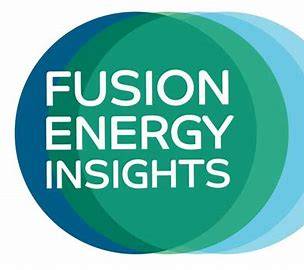
Nuclear Fusion 82 – China May Soon Surpass The U.S. In Funding Fusion Research – Part 3 of 3 Parts
-
Nuclear News Roundup Sep 25, 2024
Lukashenko tells IAEA’s Grossi Belarus does not want Chernobyl world-nuclear-news.org
US Exim Bank approves loan for Romanian SMR project world-nuclear-news.org
‘People will come back’: Kazakhstan debates nuclear future | National | wyomingnewsnow.tv wyomingnewshow.tv
Mississippi Senate Energy Committee Speaks with Lawmakers on New Nuclear Power Technology deltanews.com
-
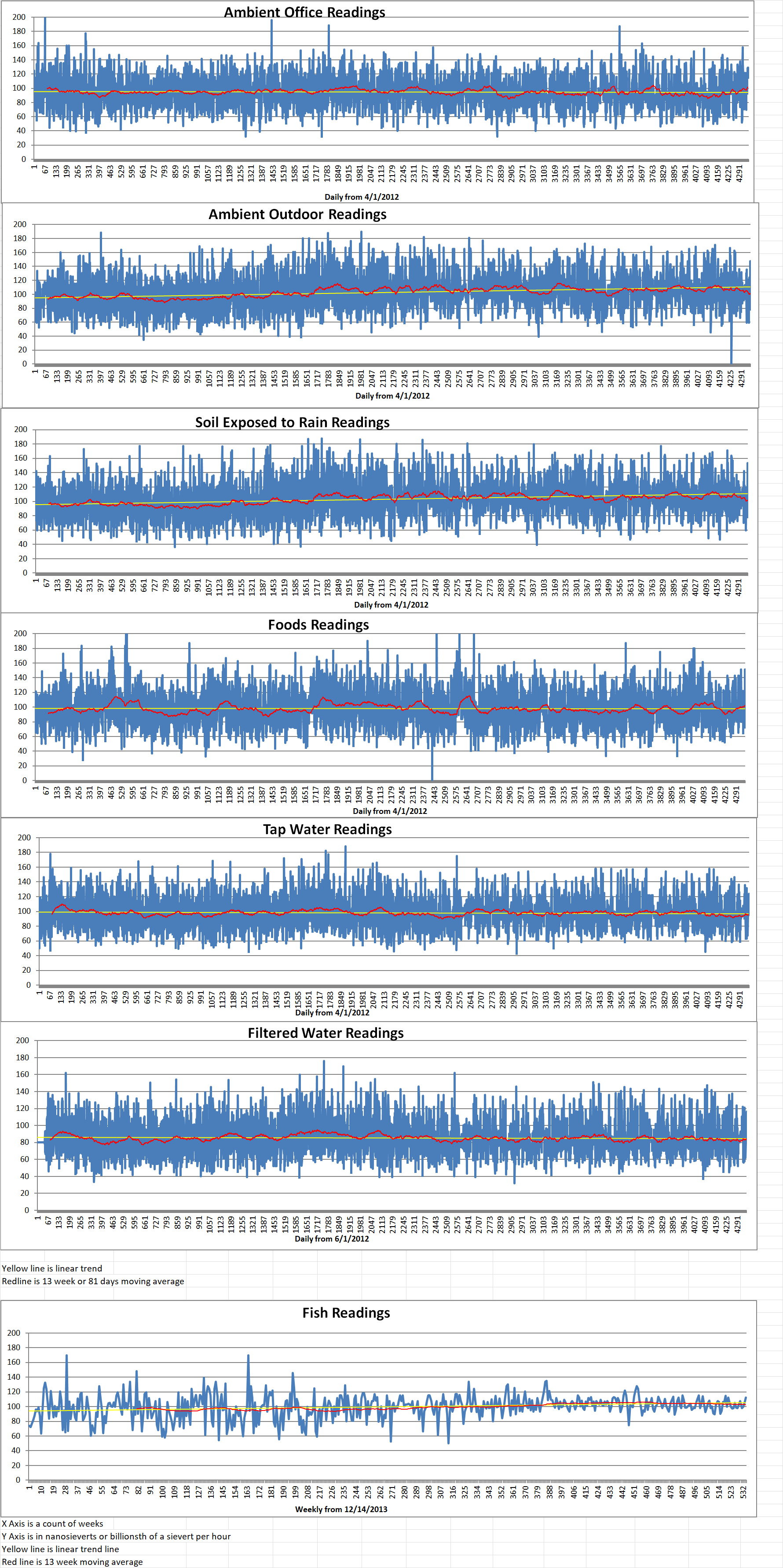
Geiger Readings for Sep 25, 2024
Ambient office = 115 nanosieverts per hour
Ambient outside = 99 nanosieverts per hour
Soil exposed to rain water = 96 nanosieverts per hour
Corn from Central Market = 97 nanosieverts per hour
Tap water = 113 nanosieverts per hour
Filter water = 100 nanosieverts per hour
-
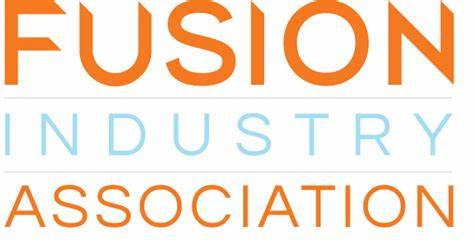
Nuclear Fusion 81 – China May Soon Surpass The U.S. In Funding Fusion Research – Part 2 of 3 Parts
Part 2 of 3 Parts (Please read Part 1 first)
Utilizing high temperature superconduction, the ES magnets are more powerful than the copper ones used in older tokamaks. According to MIT scientists researching the same technology, they permit smaller tokamaks that can generate as much fusion energy as larger ones, and they can better confine plasma.
The company is planning to build a second-generation tokamak to prove its methods are commercially viable by 2027. It expects a third-generation device that can feed power to the grid before 2035.
Andrew Holland is the CEO of the Washington, D.C.-based Fusion Industry Association. He said that in contrast, the tokamaks in the U.S. are aging. As a result, the U.S. researchers have to rely on allies’ machines in Japan, Europe and the UK to further its research.
Holland discussed a new five hundred and seventy million dollars fusion research park in eastern China under construction, called CRAFT, on track to be completed next year.
Holland continued, “We don’t have anything like that. The Princeton Plasma Physics Laboratory has been upgrading its tokamak for ten years now. The other operating tokamak in the U.S., the DIII-D, is a thirty-year-old machine. There are no modern fusion facilities at American national labs.”
There is a growing unease in the U.S. nuclear industry that China is beating America at its own game. Some of the next-generation tokamaks China has built, or plans to, are essentially “copies” of U.S. designs. They use components that resemble those made in the U.S.
Holland said that China’s state-funded BEST tokamak, which is expected to be completed in 2027, is a copy of one designed by Commonwealth Fusion Systems, a company in Massachusetts working with MIT. The two designs incorporate the same kind of advanced magnets ES is using. Another machine being built by a private Chinese company appears to be very similar to one designed by the U.S. company Helion. He added that there is “a long history” of China copying American tech.
Holland continued that “They’re fast followers and then take the lead by dominating the supply chain.” Using solar panel technology as an example he added that “We’re aware of this and want to make sure that’s not the way it goes forward.”
The China’s National Energy Administration was asked whether state-funded fusion research had copied or been inspired by U.S. designs. They have not replied to yet to the inquiry.
Nuclear fusion is a highly complex process that involves forcing together two nuclei that would normally repel each other. One way to do that is to increase temperatures in a tokamak to the tune of one hundred and fifty million degrees Celsius. That is ten times the temperature of the sun’s core. When they bind, the nuclei release a huge amount of energy as heat, which can then be used to turn steam turbines and generate power.
The U.S. has been a fusion leader for decades. It was the first nation to apply fusion energy in the real world — in a hydrogen bomb.
Please read Part 3 next -
Nuclear News Roundup Sep 24, 2024
Corrosion Exceeds Estimates at Michigan Nuclear Plant US Wants to Restart money.usnews.com
Israel will conceivably target Iran’s nuclear facilities cnn.com
Argentina and El Salvador sign MoU on nuclear energy world-nuclear-news.org
Israel said mulling attacks on Iran oil rigs, nuclear sites in response to missile attack timesofisrael.com
-
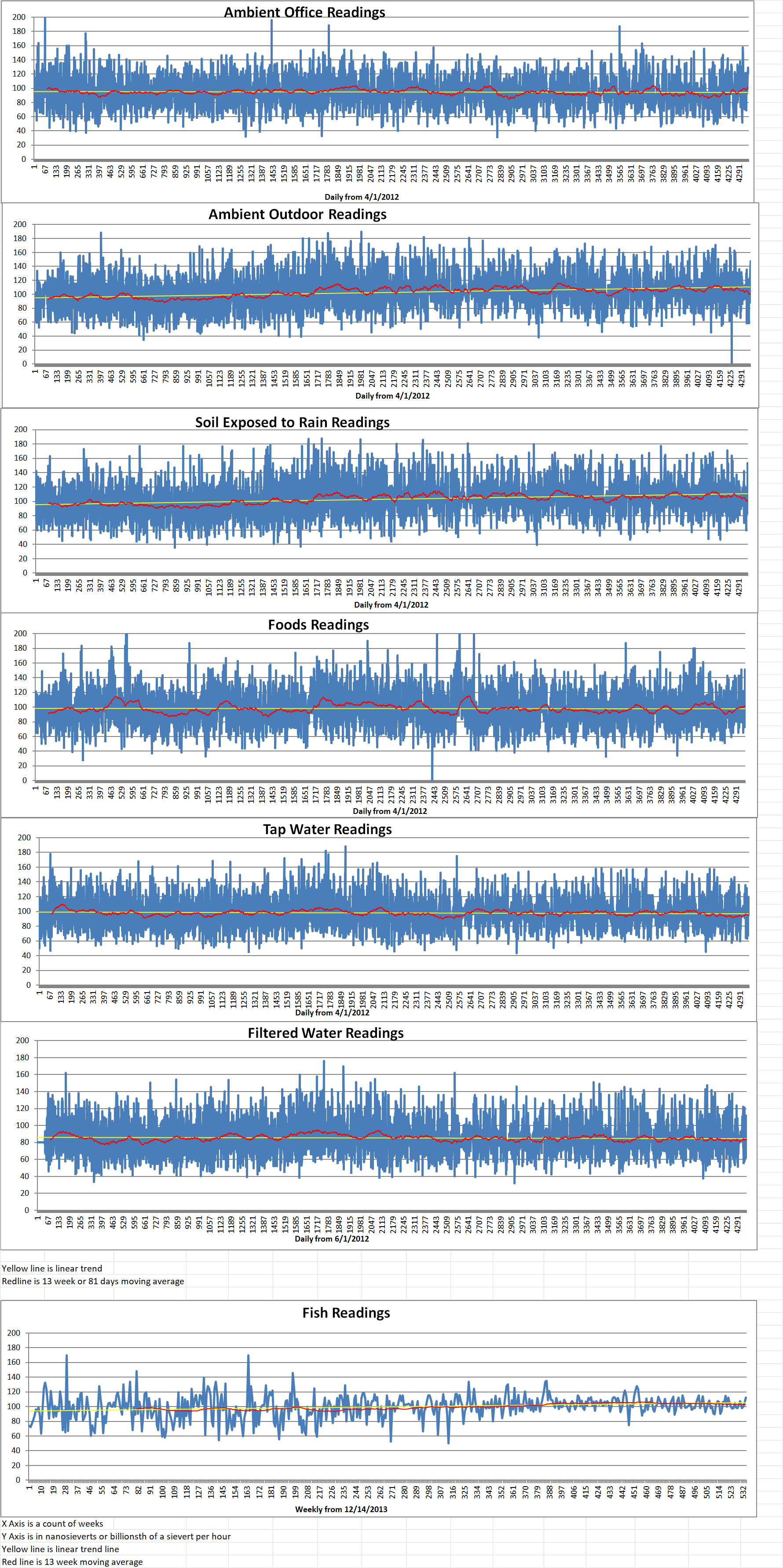
Geiger Readings for Sep 24, 2024
Ambient office = 115 nanosieverts per hour
Ambient outside = 99 nanosieverts per hour
Soil exposed to rain water = 96 nanosieverts per hour
Blueberry from Central Market = 97 nanosieverts per hour
Tap water = 113 nanosieverts per hour
Filter water = 100 nanosieverts per hour
-
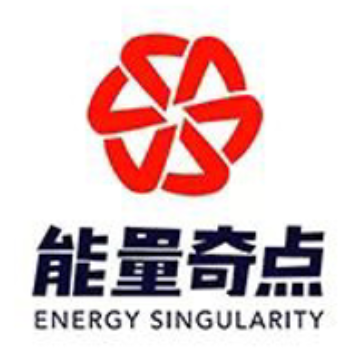
Nuclear Fusion 80 – China May Soon Surpass The U.S. In Funding Fusion Research – Part 1 of 3 Parts
Part 1 of 3 Parts
The bustling city of Shanghai marks national celebrations with world-famous light shows, illuminating its skyscrapers with dazzling colors, like beacons of Chinese innovation.
It is here that scientists and engineers work tirelessly to pursue the next big thing in global tech, from 6G internet and advanced AI to next-generation robotics. It is also here, on an unassuming downtown street, a new small start-up called Energy Singularity (ES) is working on something extraordinary. ES has entered the hot field of nuclear fusion energy research.
U.S. companies and industry experts are concerned that America is losing its decades-long lead in the race to master this near-limitless form of clean energy. New fusion companies sprout across China, and Beijing outspends D.C.
Nuclear fusion is the process that powers the sun and other stars. It is extremely difficult to replicate on Earth. Many countries have achieved fusion reactions. However, sustaining them for long enough to use in the real world remains elusive. Mastering nuclear fusion is an enticing prospect that promises wealth and global influence to whichever nation tames it first.
The most important aspect of fusion energy is its sheer efficiency. A controlled fusion reaction releases around four million times more energy than burning coal, oil or gas. It is also four times more efficient than nuclear fission, the kind of nuclear energy used today. It won’t be developed in time to fight climate change in this crucial decade. However, it could be the solution to future warming.
Jean Paul Allain leads the U.S. Energy Department’s Office of Fusion Energy Sciences. He said that the Chinese government is pouring money into the venture, putting one billion to one and a half billion dollars annually into fusion. In comparison, the Biden administration has funded fusion research with around eight hundred million dollars a year. Allain added, “To me, what’s more important than the number, it’s actually how fast they’re doing this”.
Private companies in both countries are optimistic, saying they can get fusion power on the grid by the mid-2030s. However, enormous technical challenges still remain.
The U.S. was among the world’s first country to move on fusion research in earnest since the early 1950s. China’s entry into fusion research came later that decade. More recently, the pace of fusion research has accelerated. Since 2015, China’s fusion patents have surged, Now it has more patents than any other country, according to industry data published by Nikkei.
Energy Singularity, the start-up in Shanghai, is one example of China’s accelerating fusion research. It built its own tokamak in the three years since it was established, which is faster than any comparable reactor that has ever been built. A tokamak is a highly complex cylindrical or donut-shaped machine that subjects hydrogen to extreme temperatures and pressures, forming a soup-like plasma in which the nuclear fusion reaction occurs.
For a fledgling company working on one of the world’s most difficult physics challenges, ES is incredibly optimistic, and it has reason to be. It has received more than one hundred and twelve million dollars in private investment. It has also achieved a world first. Its current tokamak is the only one in the world to have used advanced magnets in a plasma experiment.
Please read Part 2 next -
Nuclear News Roundup Sep 23, 2024
Framatome, ČEZ to collaborate on VVER-1000 fuel development world-nuclear-news.com
Biden says he does not support attack on Iran’s nuclear sites English.alarabiya.net
Will Israel strike Iran’s nuclear sites? Hear what expert thinks cnn.com
Japan to Keep Nuclear, Boost Renewables in Its Energy Mix usnews.com
-
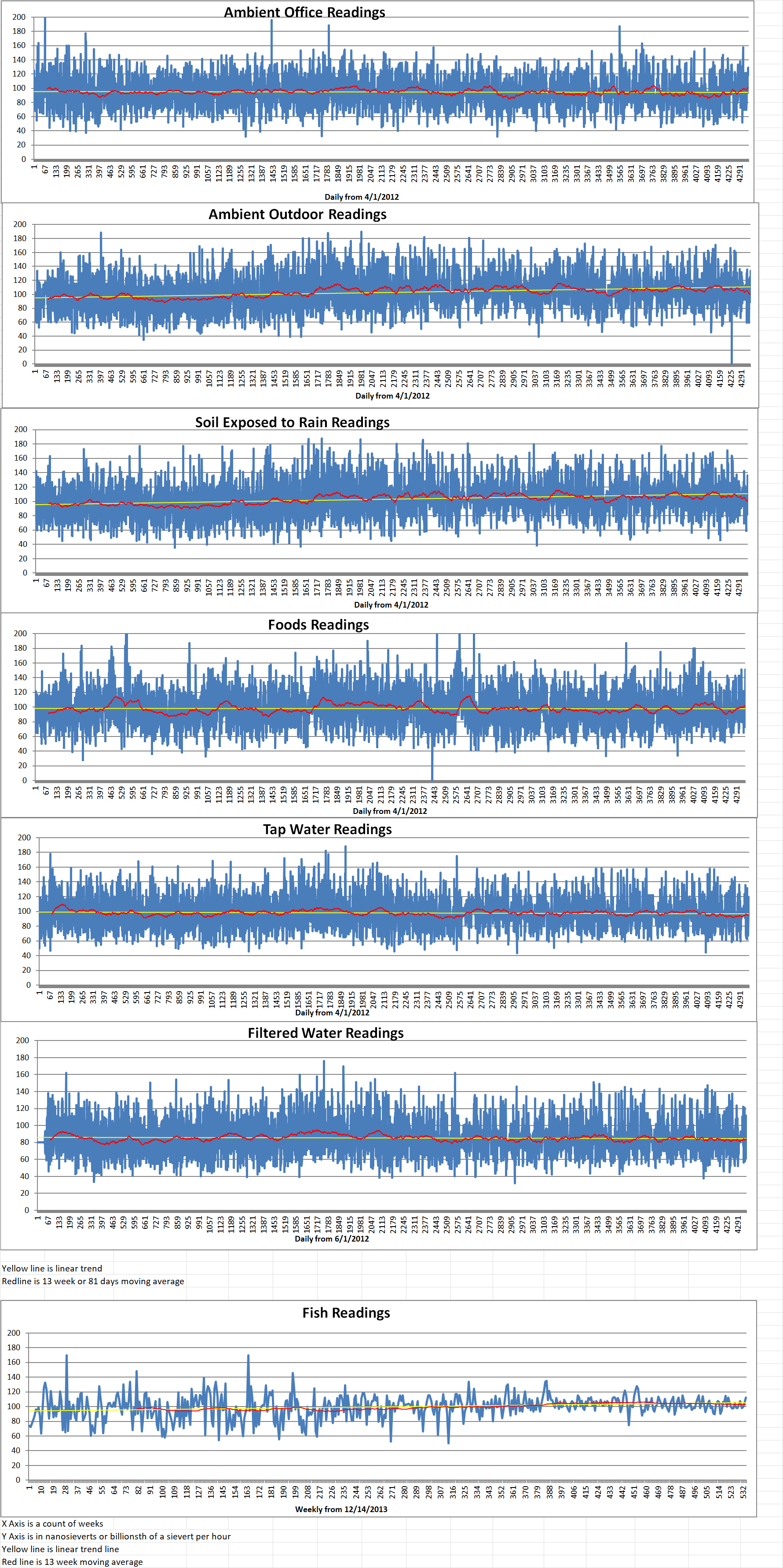
Geiger Readings for Sep 23, 2024
Ambient office = 115 nanosieverts per hour
Ambient outside = 99 nanosieverts per hour
Soil exposed to rain water = 96 nanosieverts per hour
Beefsteak tomato from Central Market = 97 nanosieverts per hour
Tap water = 113 nanosieverts per hour
Filter water = 100 nanosieverts per hour
-
Nuclear News Roundup Sep 22, 2024
No imminent nuclear threat from Russia, says new Nato chief bbc.com
Newcleo focuses on Europe with HQ move from UK to France world-nuclear-news.org
New Chinese nuclear attack submarine sank, U.S. official says cbsnews.com
Australia’s OPAL reactor restarts after upgrade world-nuclear-news.org
